Product Features
- Amazing monophonic synthesizer with authentic 3340 analog oscillator for insanely fat music creation
- 32 semi-weighted full-size keys for great playability
- Pure analog signal path based on legendary VCO, VCF and VCA designs to recreate the classic sound performance
- Oscillator with 4 simultaneously-mixable waveforms: saw, triangle, square/pwm and octave-divided square sub-oscillator
- Resonant VCF can be modulated with ADSR, LFO, keyboard tracking and bender controller
- 6 FM sources based on NovaMod * allow for creative VCF modulation and unheard of filter effects
- ADSR envelope generator for incredible wave shaping
- Easy-to-use 32-step sequencer with 64 sequence locations
- Arpeggiator with wide patterns for great sound effects
- Attachable handgrip included with pitch bend wheel and pitch modulation trigger
- Guitar strap included for live jamming on stage
- Bender assignable to VCO, VCF and pitch mod wheel on attachable handgrip
- Noise generator can be used as modulation source for distortion-like effects
- Incredible portamento function for fantastic sound effects
- Pulse wave can be modulated by LFO, envelope and manually
- 57 sliders and switches to give you direct and real-time access to all important parameters
- External audio input for processing external sound sources
- Comprehensive USB/MIDI implementation for connection to keyboard/sequencer
MS-1-RD
The 1980s and ’90s spawned a new “wave” of synth performers including Devo, The Chemical Brothers, The Prodigy, The Crystal Method and a host of others, all empowered by the sound of a simple strap-on instrument that let keyboardists steal the spotlight away from their guitar-wielding bandmates. An ultra-affordable homage to that iconic synthesizer with all the features of the original and then some, such as a 32-step sequencer, arpeggiator and live performance kit, the MS-1-RD lets you conjure up virtually any sound with incredible finesse and ease. With its 32 semi-weighted full-size keys, pure analog signal path, authentic 3340 VCO with 4 simultaneously-mixable waveforms, plus extremely flexible VCF and VCA filters, the MS-1-RD is sure to become your favorite keyboard. Owning the MS-1-RD is like having your own personal time machine, enabling you to embrace the past – or make your imprint on the future!
True to the Original
Great care has been taken in engineering the MS-1-RD, including the true to the original analog circuitry, legendary VCO, VCF and VCA designs, all of which combine to make it easy to recreate the classic sound performance. This highly-focused attention to detail is what gives the MS-1-RD its ultra-flexible sound shaping capability, which covers everything from super-fat bass and lead tones to stunning effects – and all the way out to the otherworldly sounds of your imagination.
Big, Fat Tones
The inspired synthesizer tracks laid down in the 1980s and ’90s are etched in the annals of progressive rock, wave, EDM and synth-pop music forever, making them truly classic in every sense of the word. The MS-1-RD lets you recreate all of that magic – or design incredibly fat and original sounds that will make you a legend in your own right!
Versatile Oscillator
MS-1-RD’s authentic 3340 Voltage Controlled Oscillator (VCO) provides an incredible range of 4 simultaneously-mixable waveforms for sculpting the perfect sound. Options include: saw, triangle, square/pwm and octave-divided square sub-oscillator. Additionally, the VCO can be adjusted across a wide, 4-octave range (16′, 8′, 4′, and 2′). This amazing flexibility gives you the tools needed to be your creative best.
Versatile VCF
The very heart of MS-1-RD’s sound is its highly-flexible Voltage Control Filter (VCF), which includes faders for: cutoff Frequency (10 Hz to 20 kHz); Resonance (0 to self-oscillation); Envelope and Modulation depth, and Keyboard follow (0 to 100%) to dial in the perfect sound. MS-1-RD’s VCF can be modulated via the ADSR, keyboard tracking and Bender controller. The Frequency Modulation (FM) Amount knob sets the depth, while the FM Source selector lets you further modify the signal by choosing from: pulse; sawtooth; sub oscillator 1 octave down; 2 octaves down; narrow 2 octaves down, and Noise.
The Envelope, Please…
MS-1-RD’s Envelope generator features 4 ADSR (Attack, Decay, Sustain and Release) faders that help you craft incredible sounds, and utilizes a 3-position switch for Gate, Gate + Trigger and LFO. When applied to the Voltage Control Amplifier (VCA), the ADSR envelope is used to control the level of the note being played over time. When applied to the VCF, the ADSR envelope is used to control the cut-off frequency of the filter for each note played over time. In addition, the ADSR envelope can also be used to affect the VCO pulse width modulation.
Onboard Sequencer & Arpeggiator
MS-1-RD’s sequencer allows you to program up to 32 steps of notes and rests and save them as a pattern. You can record, save and recall up to 64 patterns, all of which can be stored in the 8 banks, each holding up to 8 patterns. Your sequences can be played either in Keyboard mode, where you create and store the pattern, or Step mode, which allows you to interact while composing a pattern. The onboard Arpeggiator features 8 patterns (you can use just by playing a chord, which the arpeggiator then sequences through your selected pattern. Both the sequencer and arpeggiator in the MS-1-RD are fun, mesmerizing and totally addictive…
Own the Stage
When you’re ready to strut your stuff and get a little centerstage time, the MS-1-RD has that covered too! Just attach the included guitar strap and handgrip (with pitch bend wheel and a pitch modulation trigger), and take your performance to the next level. Why should singers and guitar players get all the limelight – carve out a little of your own!
Modulate Me to the Max!
In addition to the great sound-sculpting features already mentioned, the MS-1-RD has still more to offer. The noise generator can also be used as modulation source to create distortion-like effects, which will send your solo soaring into the stratosphere. Glide (portamento) lets you sweep seamlessly over time from one note to the next, creating smooth-as-silk transitions that few other instruments can emulate. MS-1-RD’s Bender is also assignable to the VCO, VCF and pitch mod wheel on attachable handgrip. You can even modulate the pulse wave via the LFO, envelope or manually – for sounds ranging from mild to wild!
Controls & Connectivity
We just can’t help ourselves – like you, we’re gear-heads, too. For those who want the numbers, MS-1-RD has 57 knobs, faders and switches, all laid out in a highly-intuitive format that puts the joy back into your music creation. Input and output connections include: MIDI I/O and Thru over USB/MIDI DIN; Velocity Out; CV; Gate; External Clock In; VCF CV In; Hold; External Audio; Phones; and main Output.
Unleash Your Imagination
When it comes to not just pushing envelopes but creating them, MS-1-RD gives your imagination its voice – and it’s so very affordable. When modern performance calls for classic analog sound – it calls for the Behringer MS-1-RD!
Visit your dealer to experience the stunning MS-1-RD, or get yours online today. MUSIC never felt this good!
A Brief History of Analog Synthesis
The modern synthesizer’s evolution began in 1919, when a Russian physicist named Lev Termen (also known as Léon Theremin) invented one of the first electronic musical instruments – the Theremin. It was a simple oscillator that was played by moving the performer’s hand in the vicinity of the instrument’s antenna. An outstanding example of the Theremin’s use can be heard on the Beach Boys iconic smash hit “Good Vibrations”.
Ondioline
In the late 1930s, French musician Georges Jenny invented what he called the Ondioline, a monophonic electronic keyboard capable of generating a wide range of sounds. The keyboard even allowed the player to produce natural-sounding vibrato by depressing a key and using side-to-side finger movements. You can hear the Ondioline on Del Shannon’s “Runaway”.
Storytone Piano
Designed by famous piano manufacturer Story & Clark in association with RCA, the Storytone piano debuted at the 1939 New York World’s Fair. Hailed as the world’s first electric piano, the Storytone is prized by musicians and collectors alike for its realistic piano sound – only 500 or so were ever built.
Mellotron
Finding a high level of acceptance in the 1960s, Harry Chamberlin’s Mellotron was an electro-mechanical keyboard that generated sounds by playing back pre-recorded tape loops. Although tempermental and prone to pitch and mechanical issues, the Mellotron was used extensively by many U.K. artists. Classic tracks from the Moody Blues “Days of Future Passed”, the Beatles “Strawberry Fields Forever”, and the Rolling Stones “She’s a Rainbow” are prime examples. Attribute author: By Buzz Andersen from San Francisco, California, United States Mellotron | NAMM 2007
Minimoog
Designed to replace the large, modular synths being used in pop music at the time, Bill Hemsath and Robert Moog developed the Minimoog in 1971. The monophonic instrument became the first truly all-in-one, portable analog synthesizer. Thanks to its 3 oscillators and 24 dB/octave filter, the Minimoog produces an extremely rich and powerful bass sound and is still in high demand today. Yes keyboardist Rick Wakeman said the instrument “absolutely changed the face of music.” Attribute author: glacial23 – Early Minimoog Uploaded by clusternote, CC BY-SA 2.0
Yamaha CS-80
In 1976, Yamaha released their CS-80 8-voice polyphonic synthesizer, which provided velocity-sensitive keys and aftertouch that worked on individual voices. The analog instrument featured a ribbon controller, which allowed the user to perform polyphonic pitch bends and smooth glissandos. Composer Vangelis used the CS-80 extensively in the Blade Runner and Chariots of Fire soundtracks. The CS-80 also provided the bass line heard in the BBC 1980 series Doctor Who theme song. Image attribution: Pete Brown from Gambrills, MD, USA (DSC00539) [CC BY 2.0 (http://creativecommons.org/licenses/by/2.0)], via Wikimedia Commons
Sequential Circuits Prophet 5
Sequential Circuits introduced the Prophet 5, which was the first analog 5-voice polyphonic synthesizers to provide onboard memory storage of all patch settings for instant recall. The great-sounding Prophet 5 revolutionized the synthesizer world and, in spite of its rather expensive price tag, became one of the most successful synths of all time. Designed by Dave Smith and J owen, the Prophet 5 was the keyboard of choice by a very long list of performers that includes Peter Gabriel, Philip Glass, Journey, The Cars, Thomas Dolby, Duran Duran, Gary Numan, Pink Floyd, and countless others. Image attribution: original uploader was Felix2036 at Dutch Wikipedia derivative work: Clusternote (Sequential_Circuits_Prophet_5.jpg) [Public domain], via Wikimedia Commons Which brings us to 1977…
A Passion for Keyboards
Our founder, Uli Behringer has a deep passion for keyboards. Born in the small town of Baden, Switzerland in 1961, Uli grew up in a musical family where his mother taught him to play the piano at the tender age of four. His father was a scientist who built a massive organ in the family home and taught the young lad all about electronics. So at the age of 17, Behringer built his first synthesizer – the UB-1. Later, while attending college to seek a degree in audio engineering, Uli put his electronics knowledge to use, building his own equalizers and signal processors to fill the gap left by the university’s inability to provide enough proper studio gear. Word soon spread about how good his products were, and he began building gear for his friends – the Behringer legacy had begun. The rest, as they say, is history…

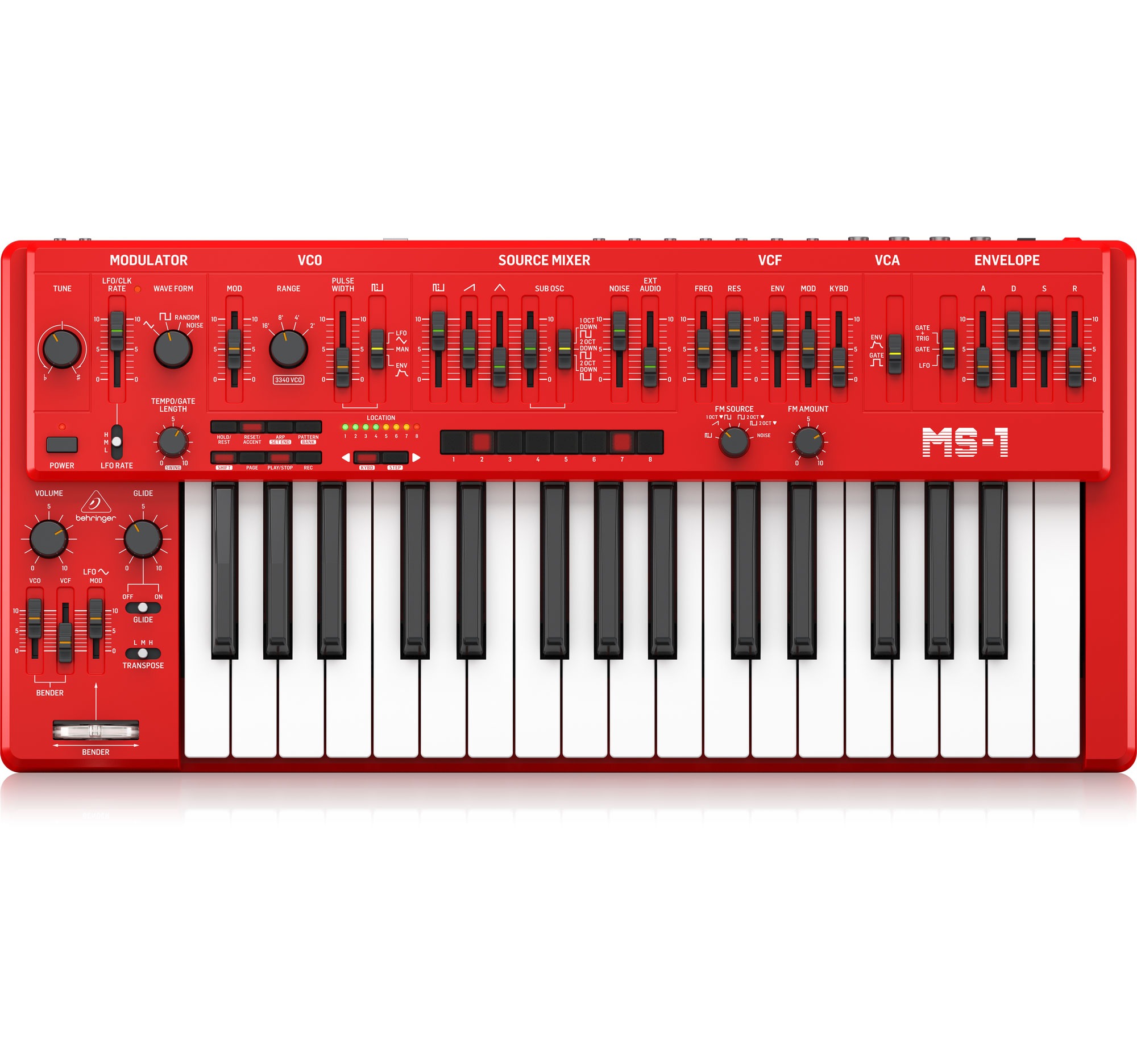
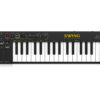
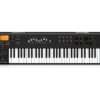
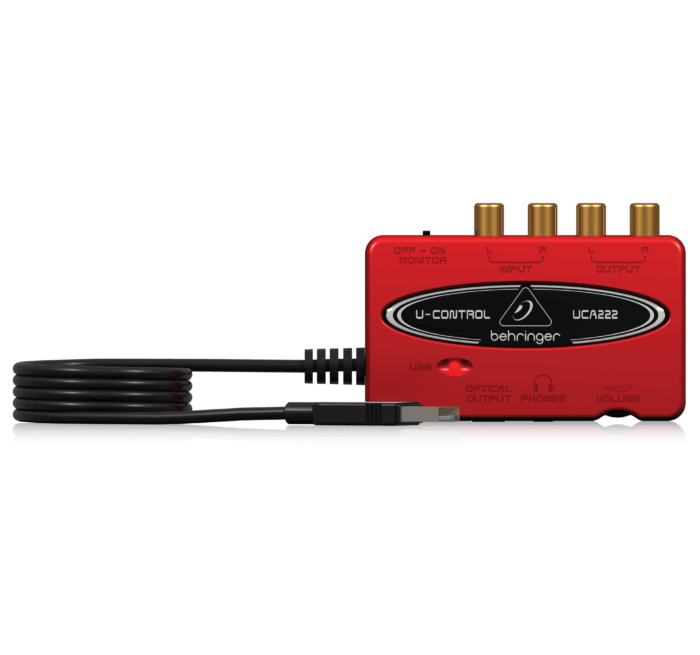
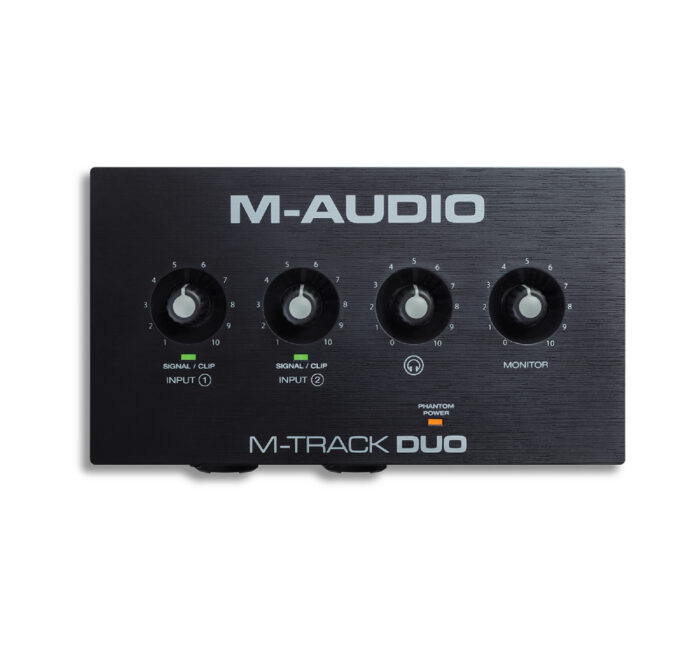
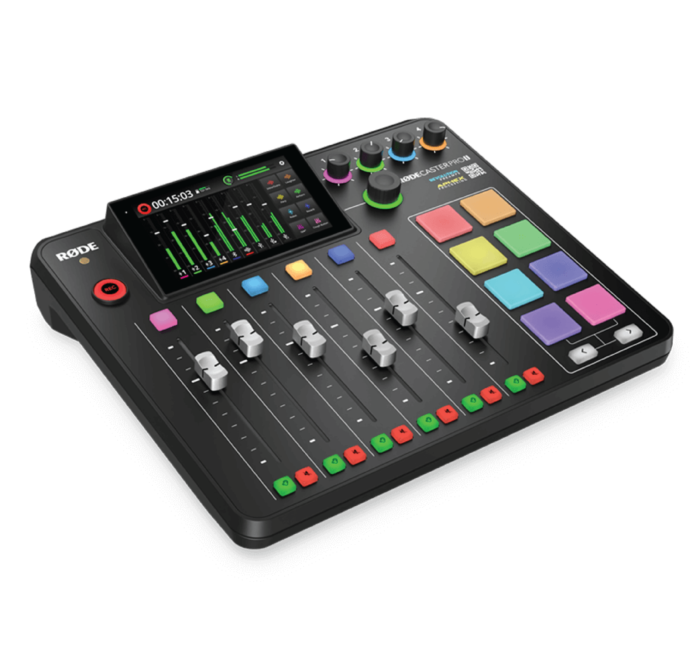
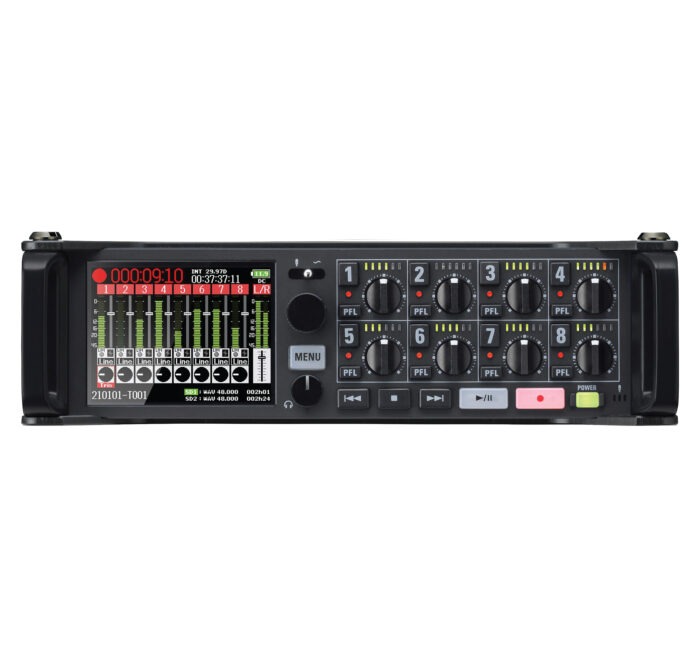
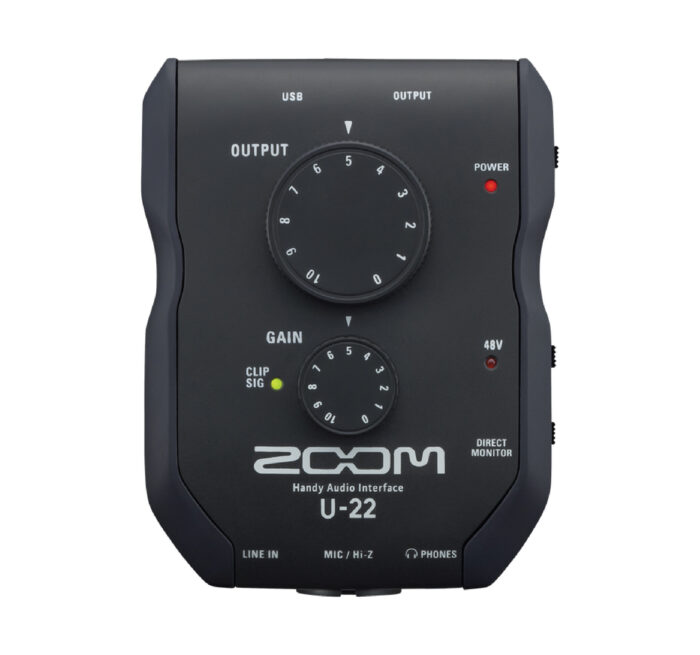
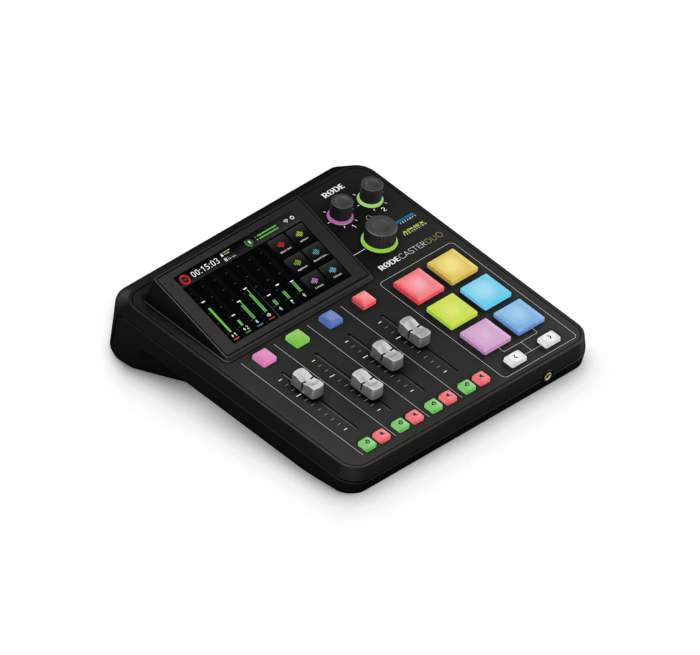
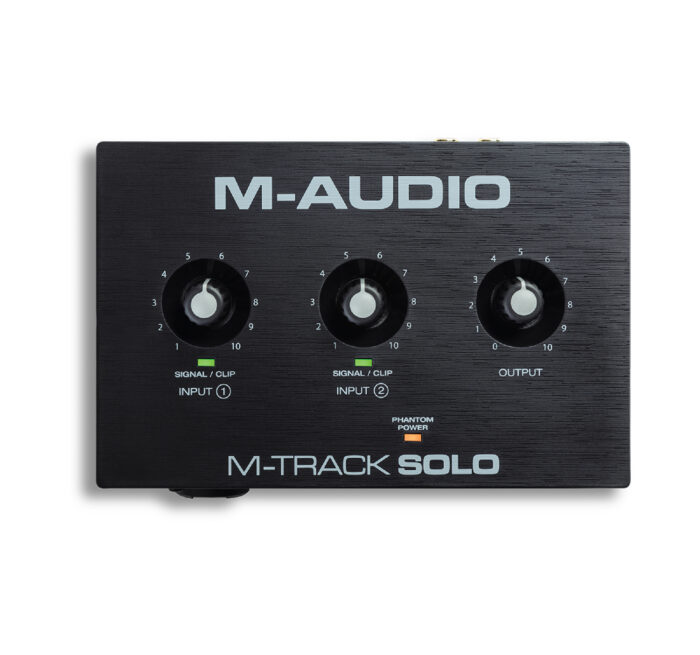
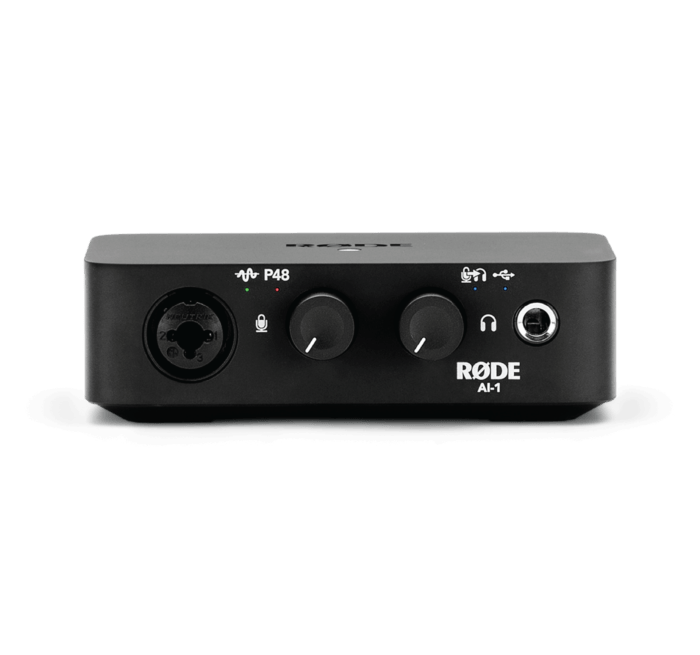

Reviews
There are no reviews yet.